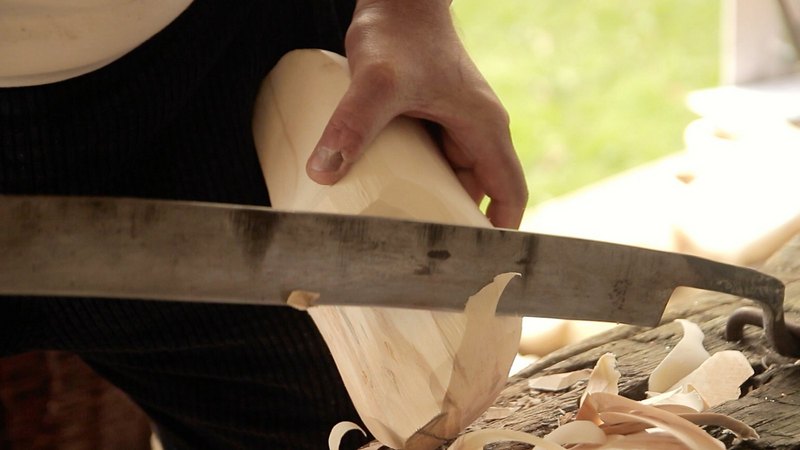Global information
There are many tales of Dutch people wearing wooden shoes. The archetypal maidservant scrubbing the front steps of a house wearing blue cotton and clogs, or lines of school children walking to school wearing their wooden shoes.
Dutch people might well be surprised to see a farmer wearing leather shoes bringing his cattle in from the fields. Indeed, the wooden shoe is still widely worn in the Netherlands. The idea of wooden shoes is a simple one, but it is an extra-ordinary concept to make a comfortable pair of well-fitting, useful and inexpensive shoes out of two blocks of wood. It is curious, however, that over the centuries the wooden shoe has changed very little from its original. A clog is a clog, timeless and unique.
Actual production is however far from simple. The clog is handled at least 25 times during mechanical production and turning a rough block of wood into a decorated wooden shoe takes about a month. Using today's modern techniques the inner and of the shoe are completed in outer parts of the shoe are completed in approximately two minutes, compared with the master craftsman who can produce a finished pair of wooden shoes in two hours.
Wooden shoes are usually made from poplar and willow. The poplar grows quickly and is fully-grown in 25 years. One tree provides on average 1.5 m of wood: enough to make around 75 pairs of clogs.
It is hardly surprising that in the picturesque Dutch landscape one often comes across these typical poplar avenues.




